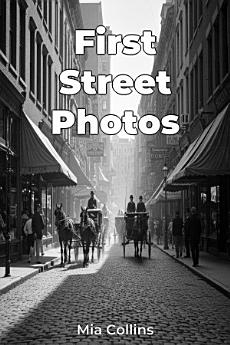First Street Photos
About this ebook
This book examines the diverse motivations and approaches of early street photographers, from those documenting poverty to artists finding beauty in the mundane. It addresses critical questions about privacy, representation, and power dynamics, highlighting the ethical considerations inherent in documentary photography.
Structured around core themes, the book progresses through chapters analyzing technological advancements, photographer motivations, and public responses, supported by detailed analyses of specific photographs and historical circumstances. The book argues that early street photography both reflected and shaped the social landscape, challenging purely objective views of photography.
By drawing on primary sources like original photos and photographers' journals, as well as secondary scholarship, First Street Photos offers fresh insights into social agency, empowering both photographers and subjects in shaping the visual narrative of their time, and making it valuable for photography enthusiasts and history buffs alike.








